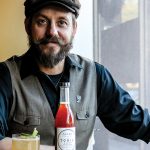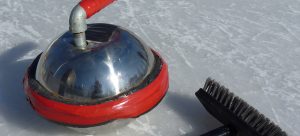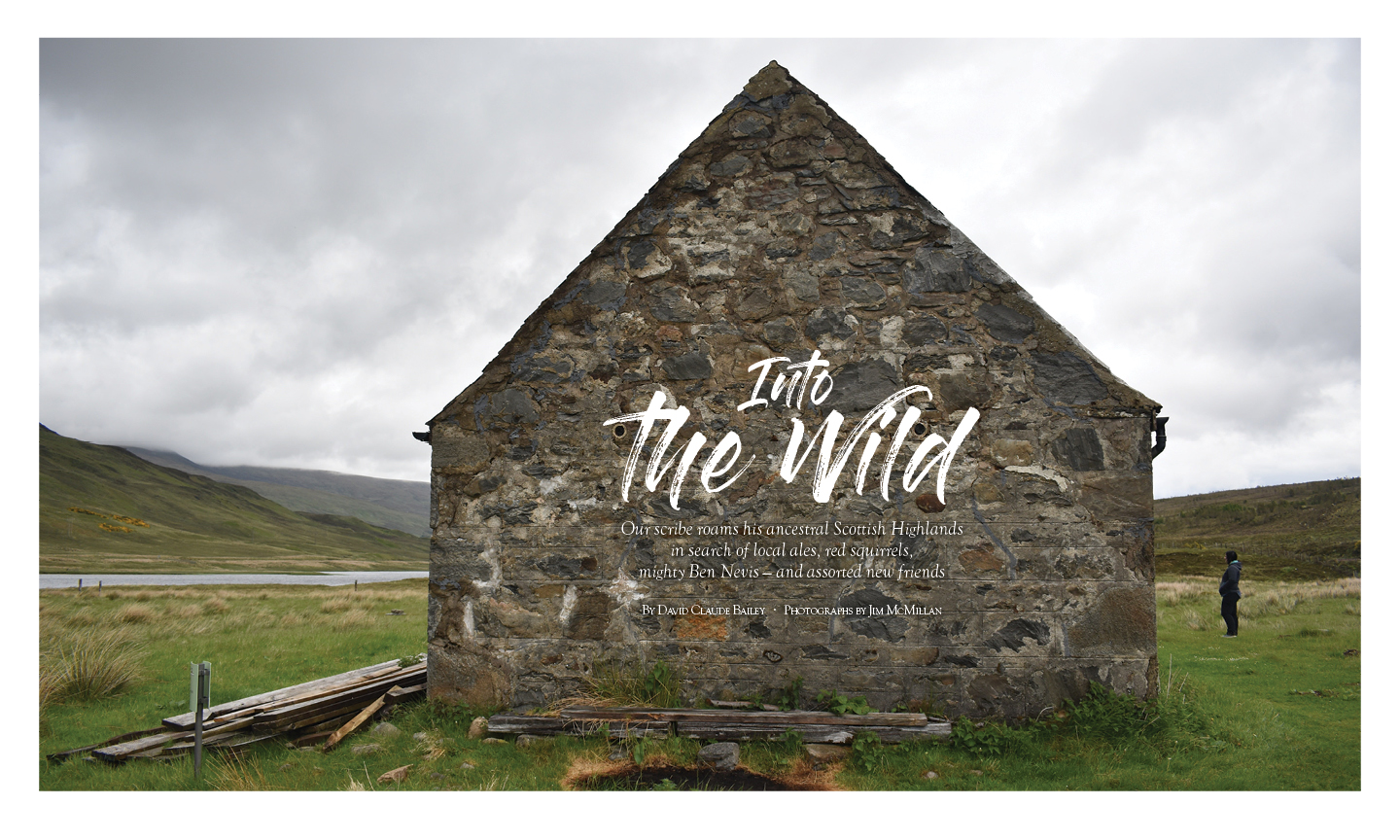
If you’re headed to Scotland, you’ll hear it again and again from anyone who has been: What you’ll like most about Scotland is
the Scots.
After spending three weeks in the country whence my genes were carried to Piedmont North Carolina by some ancient ancestor, here’s proof positive of that premise.
I’ll start with the man who inspired me and my wife, Anne, to go: Jim McMillan. Though not technically a Scot, you’d never know it from his Drumalee-heritage, his gnome-like appearance, his behavior, his love of spiritous beverages, and his mischievous smirk, with eyes sparkling beneath a tangle of eyebrows, letting you know that he did it and got away with it.
So when he told me that he was determined to make a return trip to Scotland, I instantly volunteered to go with him. Mentioning something about foxes and henhouses, Anne said she was going too.
Jim wanted to return to the wilds of the Highlands. I wanted to avoid big cities. A fan of the Outlander series, Anne wanted to see some of the places that had looked so otherworldly on the screen. Jim Dodson, O.Henry’s editor and lover of all things Scottish, generously helped us focus our thoughts over a few beers and a huge map at Scuppernong Books.
Over our three weeks’ journey, mostly in the Highlands, we met one generously obliging Scot after another, each seemingly determined to convince us that we never wanted to go back home again. Here are just a few of those we’ll never forget.
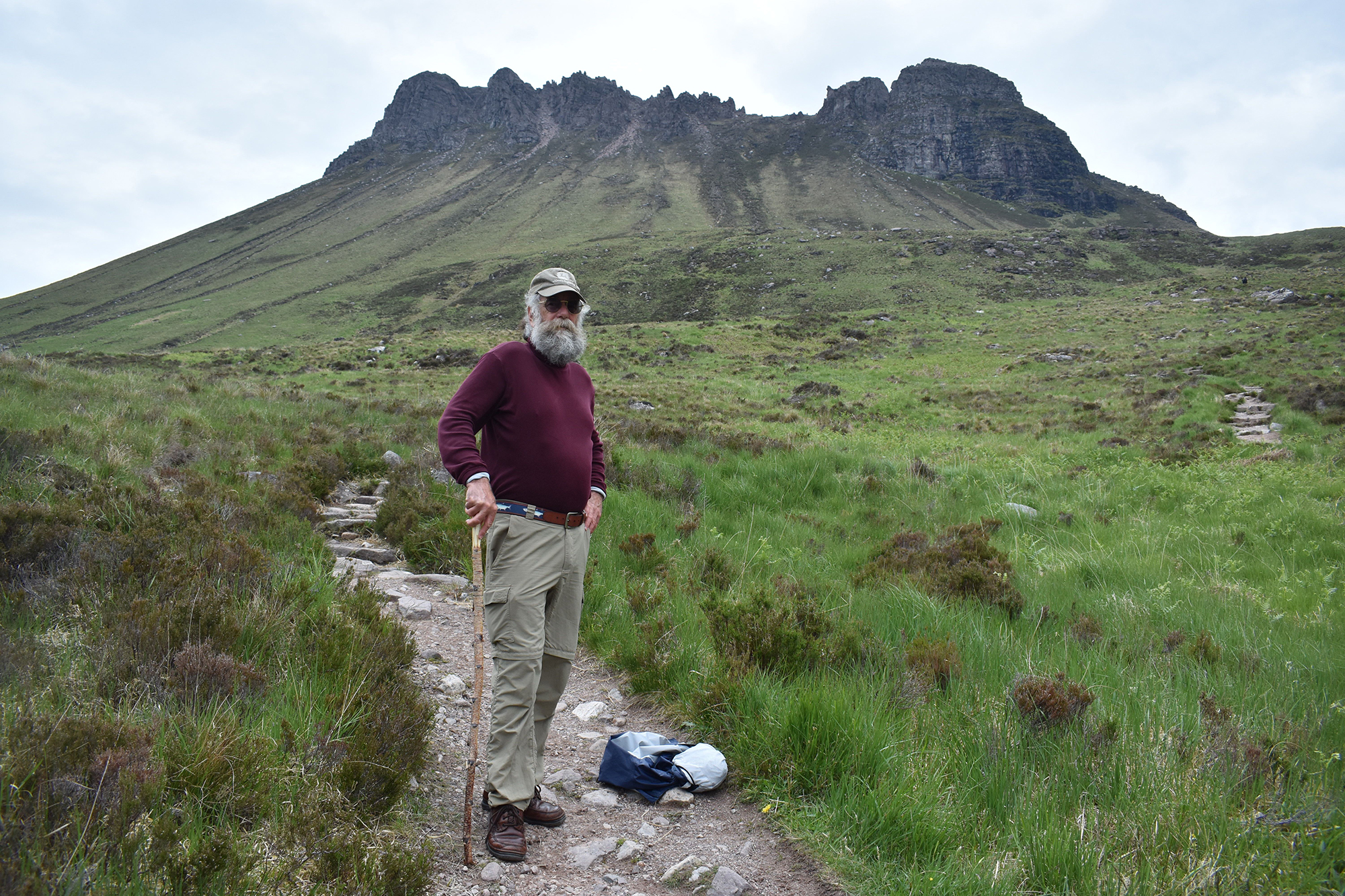
One of my favorite encounters was in an atmospheric pub in the Lochcarron Hotel, where we’d stopped to get directions over the Internet. Anne sat contentedly at a table communing with her iPad and a sticky sweet she’d ordered, while Jim and I stood holding up the bar and our end of a conversation with a chap encased in several decades worth of tweed. The rambling hotel, the busy pub and its patrons looked as though they came right out of central casting — a flurry of friendly dogs constantly underfoot, another being held at the end of his leash (“Mind your ankles”), three or four gray-haired ale lovers seemingly permanently slumped over the bar, a couple telling a seemingly endless story in an animated and totally unintelligible brogue. There was just enough light slanting through the windows to reveal a trio of hand-pumped ale pulls. I opted for Real Ale or cask ale — naturally carbonated — and only as chilly as the cellar under the pub where the cask is kept. Coo-ing over my pint of Red Cow Bitter, which I’d chosen over the Golden Cow, I replied to our tweedy friend that, yes, it was superb. And answering his next inquiry, I told him that we were from Greensboro, in Piedmont North Carolina, home to a number of Scotch-Irish like Jim and myself, where folks held highland games annually, along with Robert Burns celebrations. We had lots of microbreweries, I told him. In fact, I said, boasting a wee bit, we must have a dozen breweries in the three-city area.
“And what would your population be?” he asked.
“Oh, something like 500,000,” I said.
“Ahhh, we only have one brewery, a very fine one, Strathcarron,” he said pointing to my pint. “Then again, with a mere 500 souls roundabout, we keep it very busy.” Do the math, Dave.
Two encounters of the close kind came in the village of Portree, a busy harbor and a tourist hub on the Isle of Skye. We were staying at Staffin, a good bit to the north in the middle of nowhere, in sight of the storied Trotternish Ridge, where rock formations, tortured by centuries of wind, weather and geology, have been clept with names like the Old Man of Storr, Kilt Rock and the Pinnacles of Quiraing. We’d come searching for fresh seafood in Portree, which, with its pastel-painted shops along the harbor front, looks as if it had been lifted from the lid of a box of chocolates. Down by a recreational boat ramp, a brawny lad wearing a wet suit peeled halfway down struggled getting his Zodiac on a trailer. And yet he paused to entertain our question of whether he knew of somewhere that sold fresh seafood. “You can check along the old port,” he said. “It’s mostly pubs and restaurants now, but there’s a seafood market that’s occasionally open. Are you parked down here?” he asked, pointing to the tourist car park. “Yep,” we said. “Stop back by in a half hour on your way out once I’ve unpacked the Zodiac,” he said with a wink.
We climbed a series of steep steps up into the village, which bustled with German tourists, youthful backpackers and harried couples wearing garish holiday clothes. It’s the sort of town where I find myself wishing I were anything but a tourist. In a feeble effort to blend in, I had mostly been wearing what I wear in Greensboro whenever it’s chilly, a dodgy herringbone snap-brimmed cap, a tattered and treasured thrift-store Harris Tweed jacket, and enough beard and mustache to keep my face from freezing. As we headed down a set of narrow stone steps, a boisterous bunch of 20-somethings bounded up the steps, with the lad in the lead obviously several sheets to the wind. He was taking the steps at speed while, over his shoulder, he was hectoring his girlfriend in an advanced state of brogue. I flattened myself against the brick wall alongside the steps to make room for him, but he quite literally ran smack dab into me. Swiveling to catch his balance, his face met mine — so close, in fact, I could tell he’d been drinking not just ale, but a dram or two of Scotch. He stared at me in puzzlement for several long seconds, a big smile breaking over his face.
“Howdy,” I said, returning his smile. His girlfriend grabbed him by the shoulder in hopes of getting him moving again without toppling.
“He f-ing looks more like the locals than the bloody locals,” he shouted to her, looking back at me as he topped the steps.
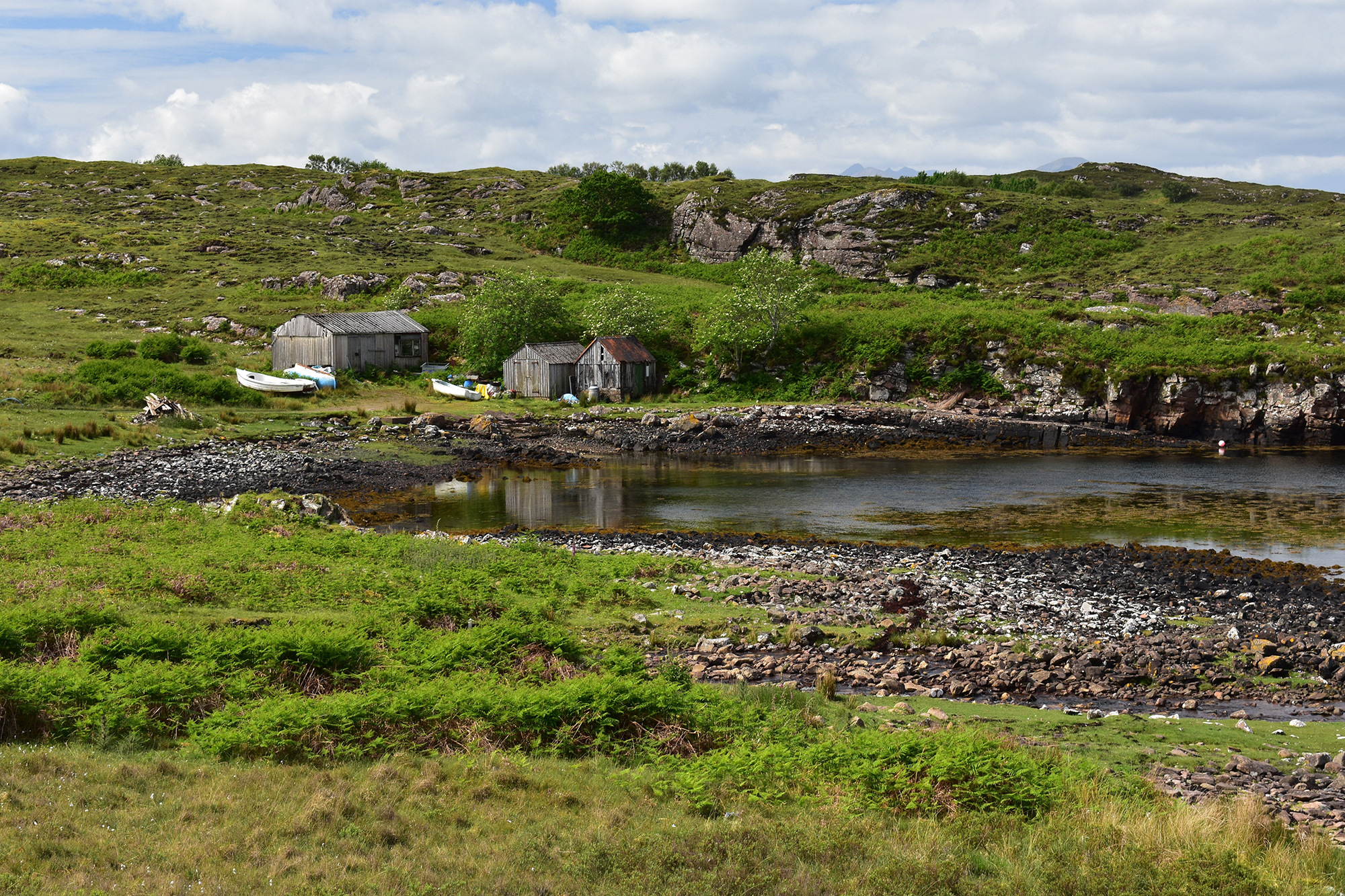
“Shut your gob,” she said. “You are a f-ing local.
We went down the stairs and searched the quay. The seafood shop was open mostly in the mornings and on alternate days, not that one. Making our way back to the boat ramp, we resigned ourselves to having, once again, reheated meat pies and Scotch eggs for supper. Our friend with the Zodiac waved us over and held up a sizable plastic bag filled with huge razor clams. “Know what these are and what to do with them?” he asked. My daughter, who was with us and lives in Spain on Mallorca, beamed, commenting on their extraordinary size compared to Mediterranean razor clams. “I harvested them this morning,” he said pointing to SCUBA gear in the Zodiac. “Enjoy.” Offers for payment or a quick pint or two before he headed home were turned down. “Something to remember Portree by,” he said. The second thing, in fact.
We met Ian Giles strolling along the beach in front of historic Kilmun, where boats bobbed merrily atop the Holy Loch. Impressed by the historic town’s community spirit and welcoming park, we asked Ian, who was on the street in front of one of the vacation homes built in the Victorian era (some of which were now crumbling), about making a contribution to a community redevelopment fund we’d seen mentioned on a poster. Ian said his wife actually managed the fund and he’d find her, but first he was eager to know whether we’d seen any of Scotland’s legendary red squirrels. Apart from the legendary Angus MacFergus MacTavish Dundee of song, we had not. Actually, in retrospective, Ian looked a little squirrely himself, but in the best possible way. Eager, energetic, animated, with bright eyes and a set of choppers that easily broke into a cheery half-smile, Ian straightway invited us into his house.
“Would you like some tea?” his wife asked us, accepting our small donation and beginning to tell us all about Kilmun. She was interrupted by Ian, his arms stuffed with a huge stack of folio-sized books. From their pages, red squirrels disappeared into the drawers of feeders or capered up trees. Some seemed to pose patiently for Ian’s camera, looking up resignedly from their meals. Others were caught in mid-leap. Some were hanging upside down from their back feet. They’d been photographed in the full glory of spring, in the rain, in the snow, with fall colors ablaze and in the heat of the summer.
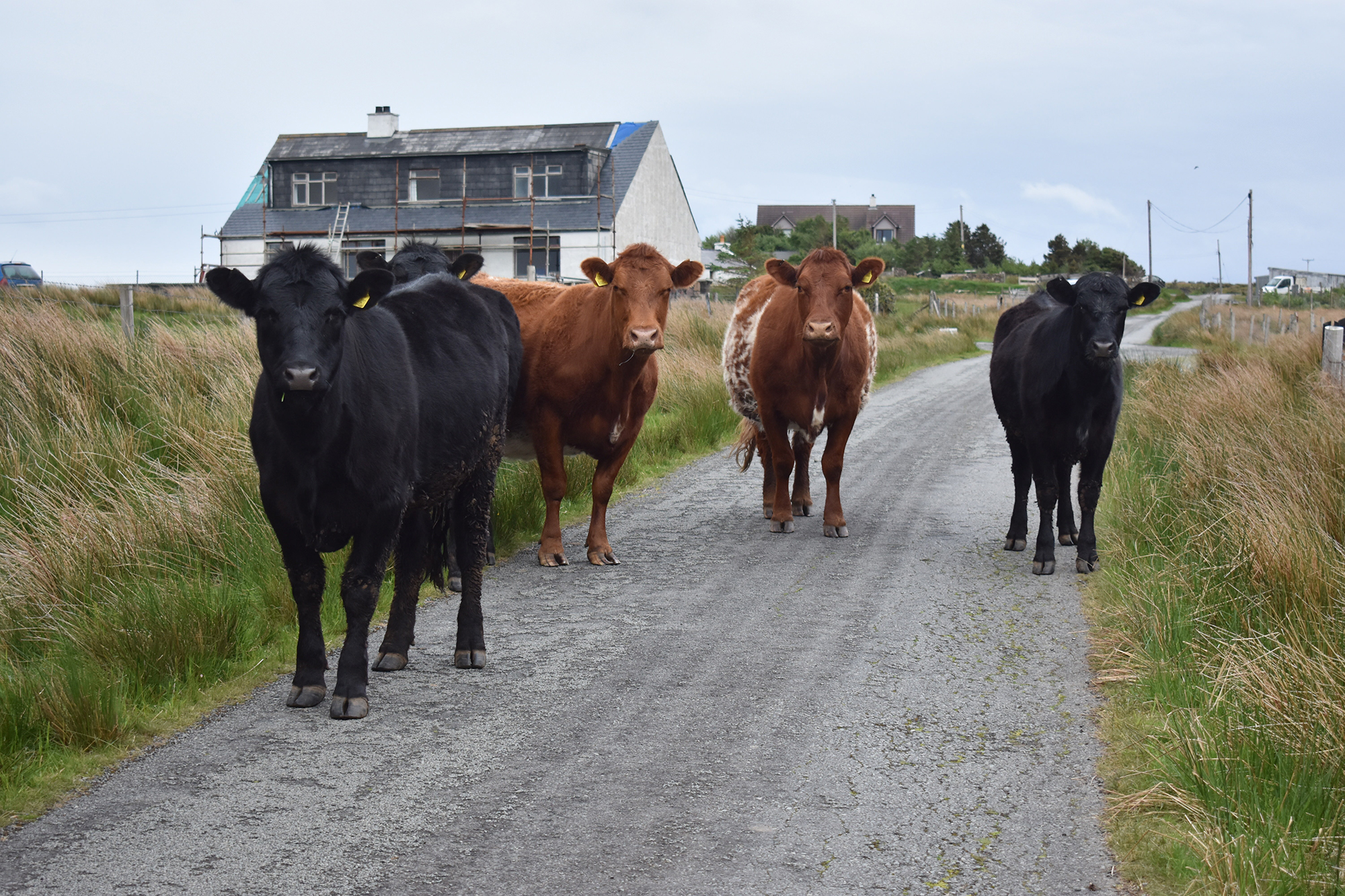
Ian explained how the number of the British Isles’s only native squirrel species had been plummeting since the 1870s when American gray squirrels had been introduced (by Brits, he added) as an ornamental species. Jim, a fellow photographer, plied him with technical questions. He showed us his camera equipment and his feeders and the window where he got some of his best shots without leaving the house. The books had been produced in Italy on the finest paper available, and Ian explained how each two-page spread had been produced from a single long sheet of paper so that there wouldn’t be an unsightly gatefold in the middle of the page. I got dizzy thinking of the expense of self-publishing such custom-printed books. We finished our tea. Anne made noises about simply having to get on to catch two ferries to our next destination. I began to see her point. Meanwhile Jim and Ian, bonded over red squirrels and cameras, plowed through yet another book, with Ian explaining each page and how he got the shot.
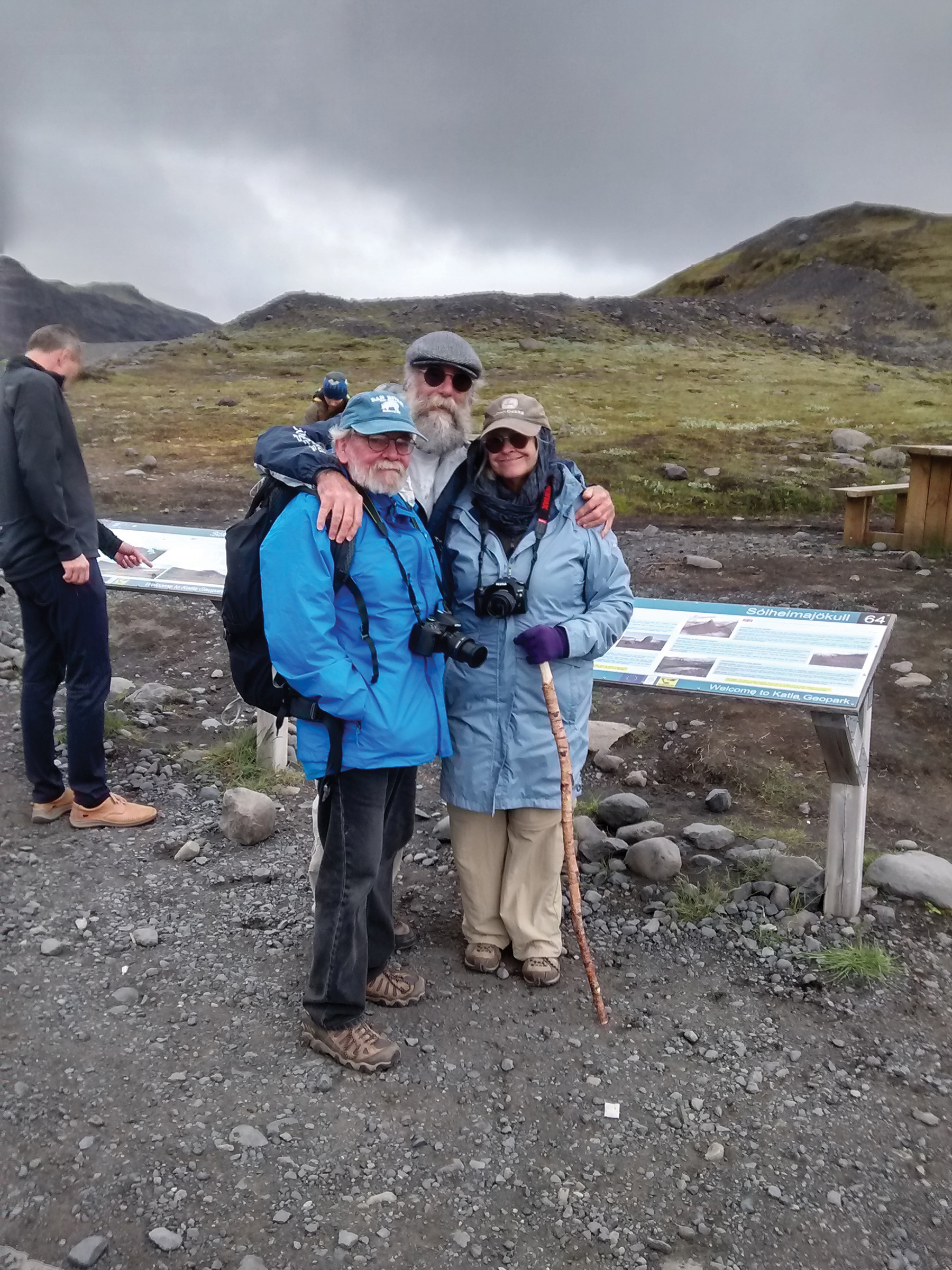
“But you really need to get on,” Ian said of a sudden. “It’s so nice to find someone interested in wildlife and photography. I just wish the squirrels had cooperated and you could have seen some live.” I didn’t tell him that I preferred meeting one passionate, engaged human being over seeing a hundred squirrels. But I should have.
Your first sight of Ben Nevis can be a bit unnerving, especially when you’re determined to scale it, as Jim and I were. Fading into and out of the clouds and wearing a toboggan of snow, it loomed 4,411 feet high over the village of Corpach, topping any other peak in the British Isles.
We were looking for our Airbnb and knew we had the right street, but there seemed to be two houses with the same number, at which point we met Colin Gray riding his bike from his own home nearby. Muscular, compact and almost boyish, he diplomatically set us straight with a smile, then asked what brought us to Corpach. Jim pointed at Ben Nevis with a sheepish grin and said, “We want to climb that.”
“Aye, you can do it,” he said with a reassuring air. “I’ve been up it many a time, but I’m on my way to work right now. Would you like to come by after supper and see some photos that I’ve taken?” We of course said we’d love to.
Anyone in decent shape can safely climb Ben Nevis, all the travel guides say, provided the weather cooperates. But Scotland, we had already learned, is a place where you can experience all four seasons in one day. And Ben Nevis is not called the mountain with its head in the clouds for nothing. Maybe we should get a guide, I suggested.
We didn’t know it, but we’d just met our guide.
Sitting in his backyard later that evening, we first saw a shot of a youthful Colin, standing proudly atop Ben Nevis with a buddy. Then we saw a photo of him hiking up a peak with a most attractive woman. Then photos of the two of them with children camping and hiking, along with subsequent photos of Colin atop other peaks.
“It’s called Munro Bagging,” Colin explained enthusiastically. A Munro (after Sir Hugh T. Munro) is a peak that tops out at over 3,000 feet. To become a “compleatist” or a “Munroist,” all you have to do is climb all 282 of Scotland’s Munros, much in the way American climbing enthusiasts scale all of Colorado’s 14ers. Colin had topped fifty Munros.
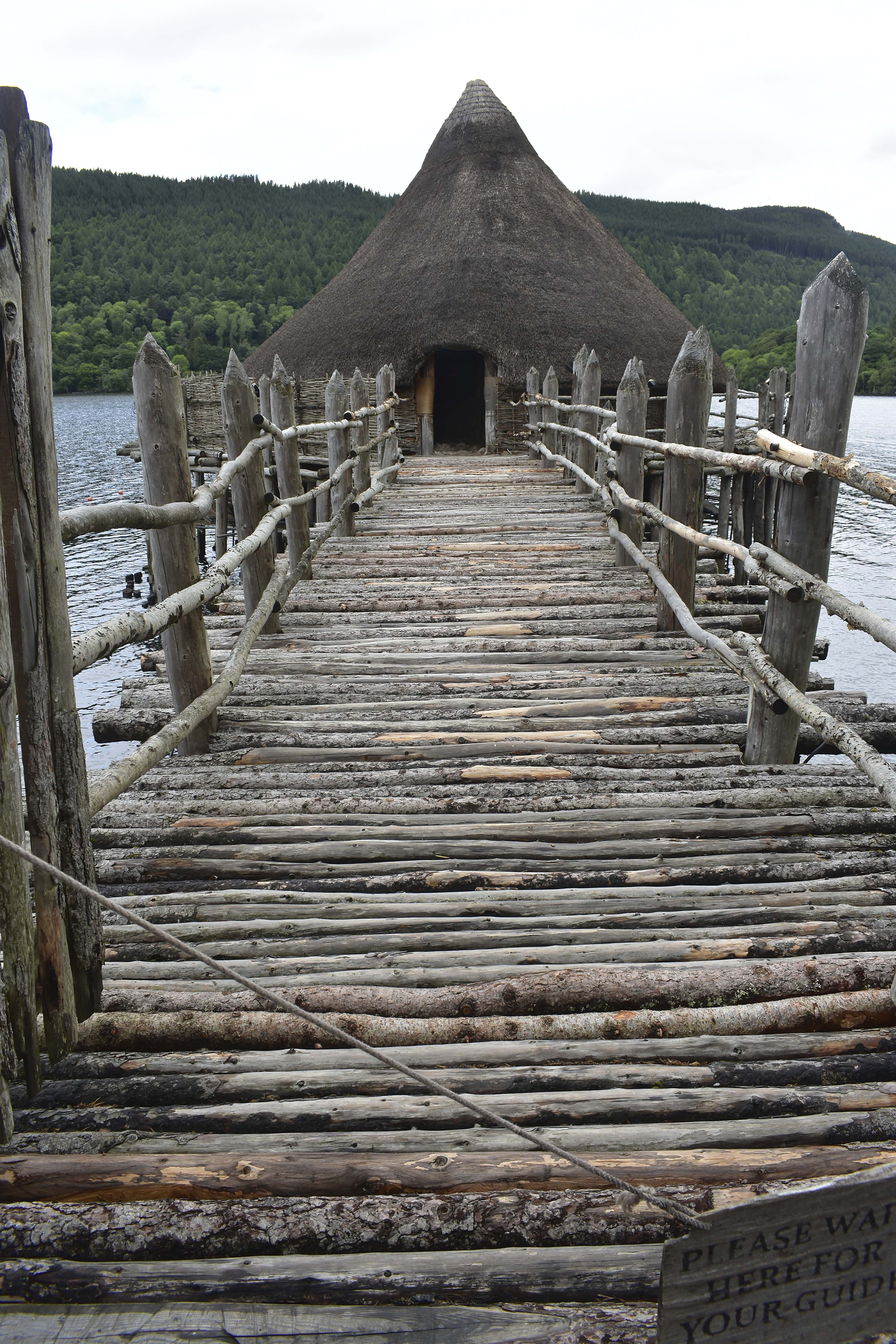
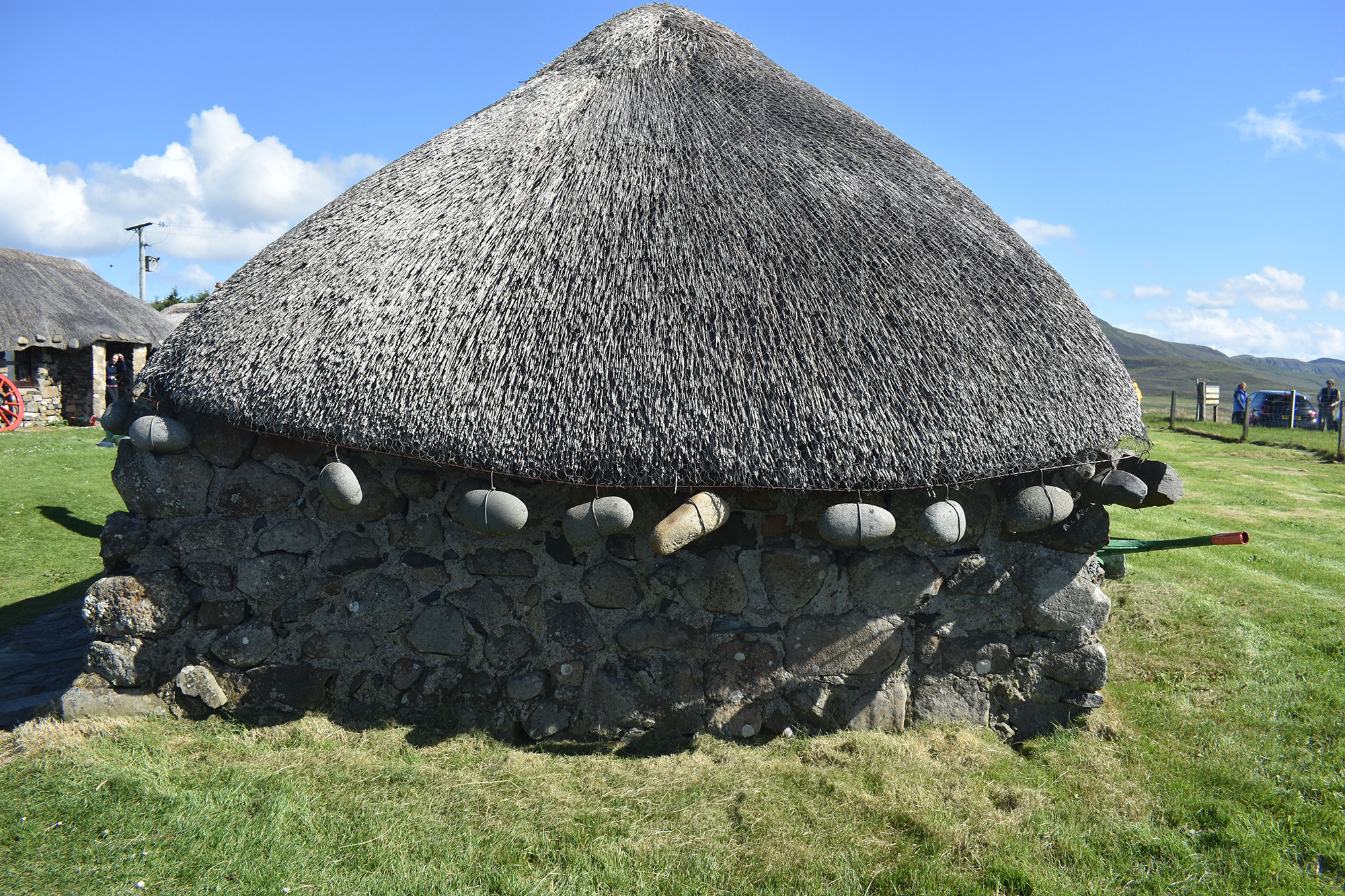
With Ben Nevis we basically had two choices, he told us. We could take what’s called the pony track or tourist trek. It’s 11 miles long and takes seven to nine hours. It’s steep all the way up, with lots of switchbacks. The view from the top is breathtaking, Colin told us, but it’s often crowded. Online, one hiker reported how hundreds of walkers filled the path like “a whole trail of lemmings in every direction” some slow and others “impatient walkers behind banging their walking poles and breathing right down our necks.”
The other route, up the North Face, Colin said, is never crowded. Maybe that’s
because, according to walkinghighland.co.uk, it’s “a challenging ridge climb that should only be attempted by experienced scramblers and physically-fit hill walkers.” It, too, is 11 miles long but takes 10 or 11 hours. “It’s incredible, though,” Colin said with a faraway look in his eyes. “For me, it’s not just about getting to the top.”
If we were determined to “bag” the mountain, we’d take the so-called pony track. If we wanted to experience Ben Nevis, we’d attempt the North Face. “This is a truly spectacular route,” the website echoed, “which will live long in the memory and does true justice to the mountain.”
The following evening in the pub directly across the street from our Airbnb, Colin raised a pint of golden ale and toasted our making it — halfway up the mountain.
From a remote car park, we’d first made our way through a towering forest tangled in lush ferns. We gained altitude for several miles beneath a seemingly unending canopy of the most planted trees in Scottish, towering Sitka spruce. At last we burst out onto the tortured landscape that makes the Scottish highlands so unforgettable. Thousands of years ago, glaciers gouged, scraped and plowed through this landscape, bulldozing their way between unmovable peaks, exposing the flesh and bones of Mother Earth. Between us and our goal, boulders lay jumbled helter-skelter, greenery struggled to get a foothold and a creek crashed downward with sparkling water that had been snow only hours ago. What made this particular highland glen so enchanting and, at the same time, forbidding and haunting, were the steep peaks that loomed on either side of the path, calving rock slides and magnificent waterfalls. Into the far distance, a rugged path seemed to snake its way ever upward.
After an exhausting but exhilarating climb of five hours, we reached a stone rescue hut, where we ate a late lunch and realized that, according to the website, we still faced the trek’s most “challenging ridge climb.” Running out of time and already worn out, we turned back.
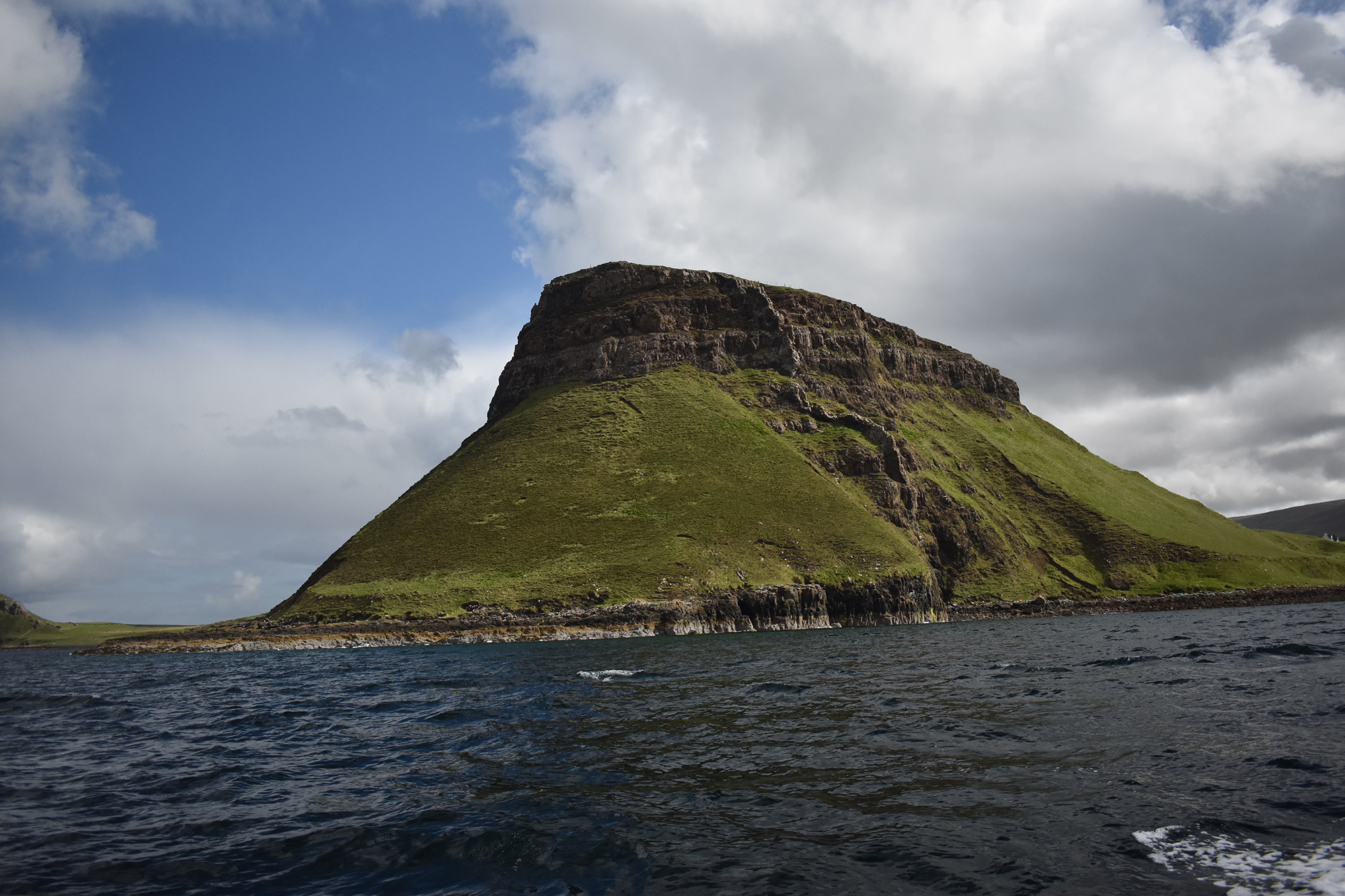
“It was humbling,” I told Colin, ordering a second round of local ale. “And magnificent,” Jim added. “Whether you make it to the top or not, you can’t go wrong,” Colin said. “Every step of the way is stunning.”
Colin was right, of course, just as he was right about persuading Anne she had the stamina to join us the next day on a trek through Nevis Gorge, a less challenging hike to one of Scotland’s more dramatic waterfalls. And just as he was right for pointing us toward Neptune’s Staircase, a steep series of locks less than a mile from our Airbnb, hosting a flotilla of colorful crafts along the Caledonian Canal. And just as he was right for sending us to one pub for drinking and another for eating haggis. (“Get it battered and fried,” he counseled.) But what he did more than anything else — and what so many of the other Scots we met did — was to put a face — and one rambling story after another — onto a landscape that’s already one of the most enchanting on the planet, imbuing the rocks, rills, mountains and glens with fairies, sprites and pixies, just as their forefathers had. Every individual seemed determined to convince us that Scotland is not only a nice place to visit but somewhere you’d also want to live.
Mission accomplished. OH
David Claude Bailey agrees with A.E. Housman that “Malt does more than Milton can to justify God’s ways to man.”

